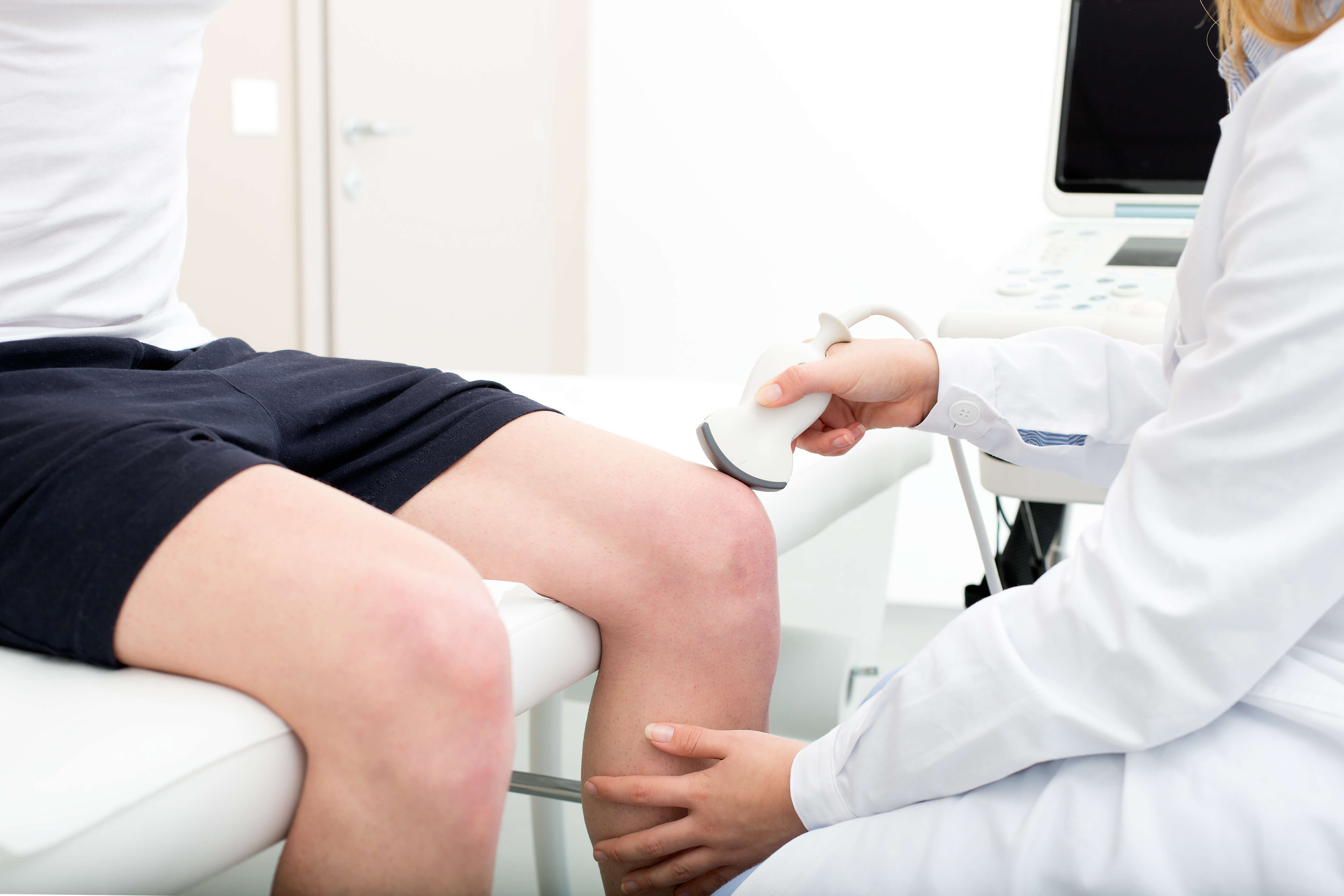Frequently Asked Questions
In the context of muscle rehabilitation, optimal parameters for electrical stimulation frequency typically range between 20 Hz to 100 Hz, depending on the specific therapeutic goals and the muscle group being targeted. Frequencies around 20-30 Hz are often employed for promoting muscle endurance and facilitating muscle recovery, as they can enhance blood circulation and reduce muscle atrophy. Conversely, higher frequencies, such as 50-100 Hz, are utilized for muscle strengthening and hypertrophy, as they induce greater muscle contractions and activate fast-twitch muscle fibers more effectively. Additionally, the pulse duration, duty cycle, and waveform characteristics, such as biphasic or monophasic, play crucial roles in optimizing the neuromuscular response during electrical stimulation therapy. It is essential to consider individual patient factors, including the stage of rehabilitation, muscle condition, and overall health status, to tailor the electrical stimulation parameters for maximum efficacy in restoring muscle function and promoting neuromuscular re-education.
Electrical stimulation, often referred to as neuromuscular electrical stimulation (NMES) or transcutaneous electrical nerve stimulation (TENS), has emerged as a complementary modality to traditional physical therapy methods in post-injury recovery. While conventional rehabilitation techniques such as manual therapy, therapeutic exercises, and proprioceptive training focus on enhancing muscle strength, flexibility, and functional mobility, electrical stimulation targets neuromuscular pathways to promote muscle activation, reduce pain, and facilitate tissue healing. Research indicates that NMES can enhance muscle re-education and prevent atrophy in immobilized or injured limbs, thereby accelerating recovery timelines. Additionally, the analgesic effects of TENS can alleviate discomfort associated with rehabilitation, allowing patients to engage more effectively in active rehabilitation strategies. By integrating electrical stimulation with traditional therapeutic approaches, clinicians can create a more comprehensive rehabilitation program that addresses both the physiological and psychological aspects of recovery, ultimately leading to improved outcomes in functional performance and quality of life for individuals recovering from injuries.
Electrical stimulation therapy, often utilized in rehabilitation settings, is particularly beneficial for a variety of musculoskeletal injuries, including tendonitis, ligament sprains, and post-surgical recovery. This therapeutic modality employs low-frequency electrical currents to enhance tissue healing, reduce pain, and improve muscle strength. Conditions such as chronic pain syndromes, including fibromyalgia and neuropathic pain, also respond favorably to electrical stimulation, as it can modulate pain pathways and promote endorphin release. Additionally, patients recovering from stroke or traumatic brain injuries may experience improved motor function and neuromuscular re-education through functional electrical stimulation (FES). Furthermore, electrical stimulation is effective in managing edema and promoting circulation in cases of acute injuries, such as ankle sprains or muscle strains, thereby accelerating the overall healing process. Overall, the versatility of electrical stimulation therapy makes it a valuable tool in the management of various injuries and rehabilitation protocols.
Electrical stimulation for muscle rehabilitation, while beneficial in many cases, does present several contraindications and risks that must be carefully considered. Individuals with pacemakers or other implanted electronic devices are at significant risk, as the electrical currents can interfere with device function, potentially leading to serious complications. Additionally, patients with certain medical conditions, such as epilepsy, cardiac arrhythmias, or skin infections, may experience exacerbated symptoms or adverse reactions. The presence of open wounds, tumors, or areas of impaired sensation can also pose risks, as electrical stimulation may cause further injury or discomfort. Furthermore, improper application of electrical stimulation, including inappropriate intensity settings or duration, can lead to muscle fatigue, soreness, or even muscle damage. Therefore, a thorough assessment of the patient's medical history and current health status is essential to mitigate these risks and ensure safe and effective use of electrical stimulation in muscle rehabilitation protocols.
Electrical stimulation can be effectively integrated into a comprehensive rehabilitation program for athletes by utilizing modalities such as neuromuscular electrical stimulation (NMES) and transcutaneous electrical nerve stimulation (TENS) to enhance muscle recovery, alleviate pain, and improve functional outcomes. By strategically applying electrical impulses, practitioners can facilitate muscle contractions, thereby promoting muscle re-education, increasing blood flow, and reducing atrophy during the rehabilitation process. This integration can be particularly beneficial in addressing specific injuries, such as ligament sprains or muscle strains, by targeting the affected areas to enhance proprioception and neuromuscular coordination. Additionally, incorporating electrical stimulation alongside traditional therapeutic exercises, manual therapy, and sport-specific drills can optimize the athlete's return to play by ensuring a holistic approach that addresses both physical and psychological aspects of recovery. Furthermore, monitoring the athlete's response to electrical stimulation through objective measures, such as range of motion and strength assessments, allows for tailored adjustments to the rehabilitation protocol, ultimately fostering a more efficient and effective recovery trajectory.

